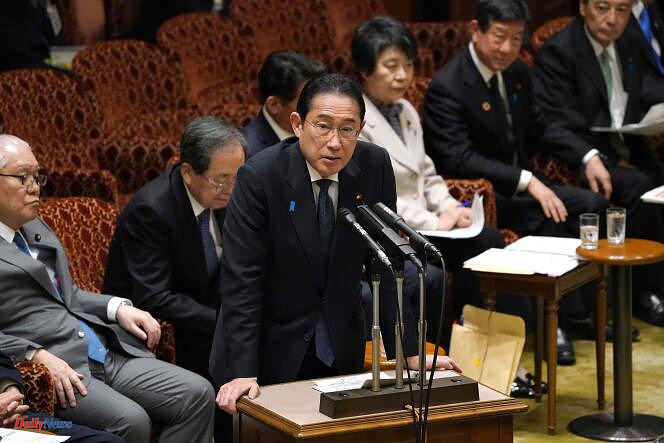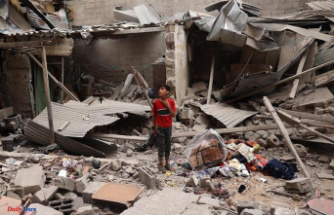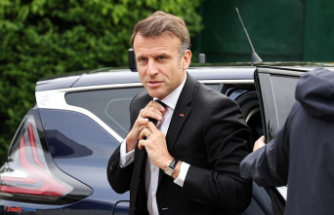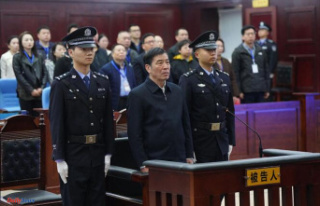The Japanese government relaxed restrictions on exports of military equipment on Tuesday March 26, making a second change in this area in a few months.
The decision concerns the future cutting-edge fighter jet that Tokyo is currently developing with the United Kingdom and Italy, the export of which will be limited to countries - currently numbering fifteen - with agreements for the transfer of equipment of defense with Tokyo within the framework of which they undertake to find a peaceful solution to any conflict, in compliance with the Charter of the United Nations.
Although the scope of this measure is limited, it is still the most important shift made in a decade by Japan in its military equipment export policy. For the first time, Tokyo will be able to export lethal weapons that it co-produces to other countries.
Political feud
The issue has sparked months of political wrangling between the ruling Liberal Democratic Party and its governing coalition partner, the Justice and Integrity Party. Opponents have criticized the government of Prime Minister Fumio Kishida for embarking on the fighter jet project without providing an explanation to the public or seeking approval for this major policy change. The government clarified that no deliveries of the device to countries involved in conflicts would be authorized.
As part of the Global Combat Air Program (GCAP), intended to deploy an advanced fighter aircraft by 2035, Japan, the United Kingdom and Italy established in 2023 a joint industrial organization led by the British groups BAE Systems, Japanese Mitsubishi Heavy Industries and Italian Leonardo. Tokyo is working with Rome and London to develop the advanced fighter jet to replace its aging fleet of American-designed F-2 fighters, as well as the Eurofighter Typhoons used by the British and Italian armies.
Any Japanese restrictions on foreign sales and production volumes could have made the future aircraft financially unaffordable, with extremely high development costs for a small fleet.
A context of growing regional and global tensions
Due to its past as an aggressor and then its defeat at the end of the Second World War, Japan subsequently adopted a Constitution which limits its army to self-defense.
The country has long maintained a strict policy of limiting transfers of military equipment and technology and banning all exports of lethal weapons, but it has taken deregulatory steps amid growing regional and global tensions, including the share of neighboring China.
The move also comes as Mr. Kishida prepares for a state visit to Washington in April, during which he is expected to emphasize that Japan is ready to play a larger role in military and technology industry partnerships. defense.
In 2014, the Archipelago began exporting some non-lethal military supplies, and in December 2023 it approved a change that would allow the sale of 80 lethal weapons and components it manufactures under license from other countries to holders of Licence. This modification allowed Japan to sell American Patriot missiles to the United States in order to replace the munitions sent by Washington to Ukraine.












